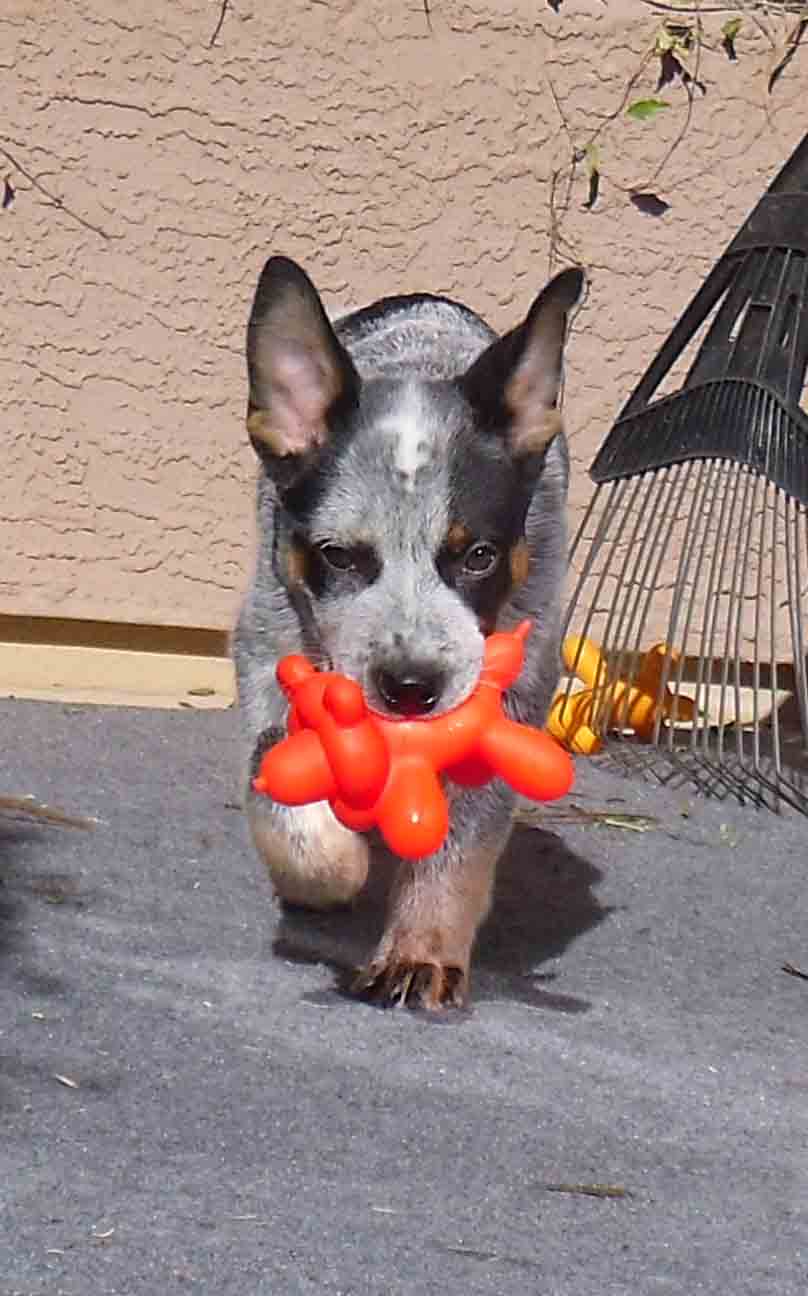If you ever go to Kansas in November to hunt pheasants, there is something you should know. There are two types of pheasants; pen-raised and wild. You can kill pen-raised pheasants with bird-shot normally used for much smaller birds. To kill wild pheasants, it takes bigger balls. Why? Wild pheasants are toughened up by the environment. Pen-raised pheasants are wussies, by comparison. This is not an isolated example. One type of pine tree in Yellowstone won’t open up its cones to drop seeds if the tree isn’t exposed to extreme heat – like a forest fire. No forest fire, no replication. By fighting forest fires, a natural event, forest service workers have limited the population of those trees.
Continue reading
Shattered Myths: The problem with teaching ‘other’ behavior II
So, Pavlov says that once an association is made it doesn’t fade just because you teach something knew. That should trigger a reaction of ‘who doesn’t know that’? Lots of people – everyone from behavioral scientists to modern, scientific dog trainers and educators think that is a false statement. They think that if you see a problem behavior, the way to get rid of it is to teach something else. They have a number of pet names for this process, based on the concept of ‘differential reinforcement.” Differential reinforcement means you select which behaviors you will reinforce and ignore those you don’t like. That is also called “shaping” – a term coined by B.F. Skinner himself. There are several problems with this term and concept. Continue reading
A Big ‘Day in the Life’: Dog Catcher Normal.
The Big Day: Caution, this is the Real World. If you are squeamish you might want to skip it.
One morning I was doing euthanasia just like every other morning. The night before a 125 pound St. Bernard X Pit Bull was brought in by his owner along with a 14 week old puppy of similar breeding. The adult dog was intact. The owner handled him rather gingerly and gave as a reason for surrendering the dog that he couldn’t control him. Not a big deal. The next morning, however, I decided that we didn’t need either one of them to be adopted. If that sounds cold, it is. For the last three years working in shelters I was killing about a ton of animals a month, personally. I was purely objective about which dogs I killed, when. Continue reading
The Problem with Teaching ‘Other’ Behaviors:
I taught my Cattle Dog, Petey, to ‘roll over’ about two and a half years ago to please my wife. Both of us got tired of it, especially me – it competes with a preferred behavior of turning around to face an opposing direction. The other day, while working on turn around, Petey threw in a ‘roll over’. Why is that important? Because I have not reinforced that behavior for over two years, since he was a pup.Why is that important? Becaus e it demonstrates a very important point. Teaching a competing behavior does not remove an existing behavior. You are merely adding to the dog’s repertoire. A simple miscue can instantly bring the behavior back, full strength. If you rely on teaching an ‘alternate’ behavior to suppress something you never want to see again, you run the risk of getting it when you least expect it. Continue reading
e it demonstrates a very important point. Teaching a competing behavior does not remove an existing behavior. You are merely adding to the dog’s repertoire. A simple miscue can instantly bring the behavior back, full strength. If you rely on teaching an ‘alternate’ behavior to suppress something you never want to see again, you run the risk of getting it when you least expect it. Continue reading
Seeing the Past Through Present Behavior:
I got an interesting surprise today. I went to see a rescue Chihuahua mix who isn’t housetrained. Like all ‘rescue dogs’ the new owner said she was abused because she was fearful when she got her, about six months ago. I noticed a little sensitivity but nothing I would gauge as ‘fear’ in our greeting. She was hesitant about me touching her, even when I was sitting on the ground. So I decided to get started with the process. First thing – associate a clicker with treats. That is when I got the surprise. I clicked. She instantly jerked her head around and looked at the treat she obviously expected to be on the ground. It could have been a fluke so I tried it again. Sure enough, I clicked, she instantly was searching the ground for the treat. Hmmmmm. Continue reading
